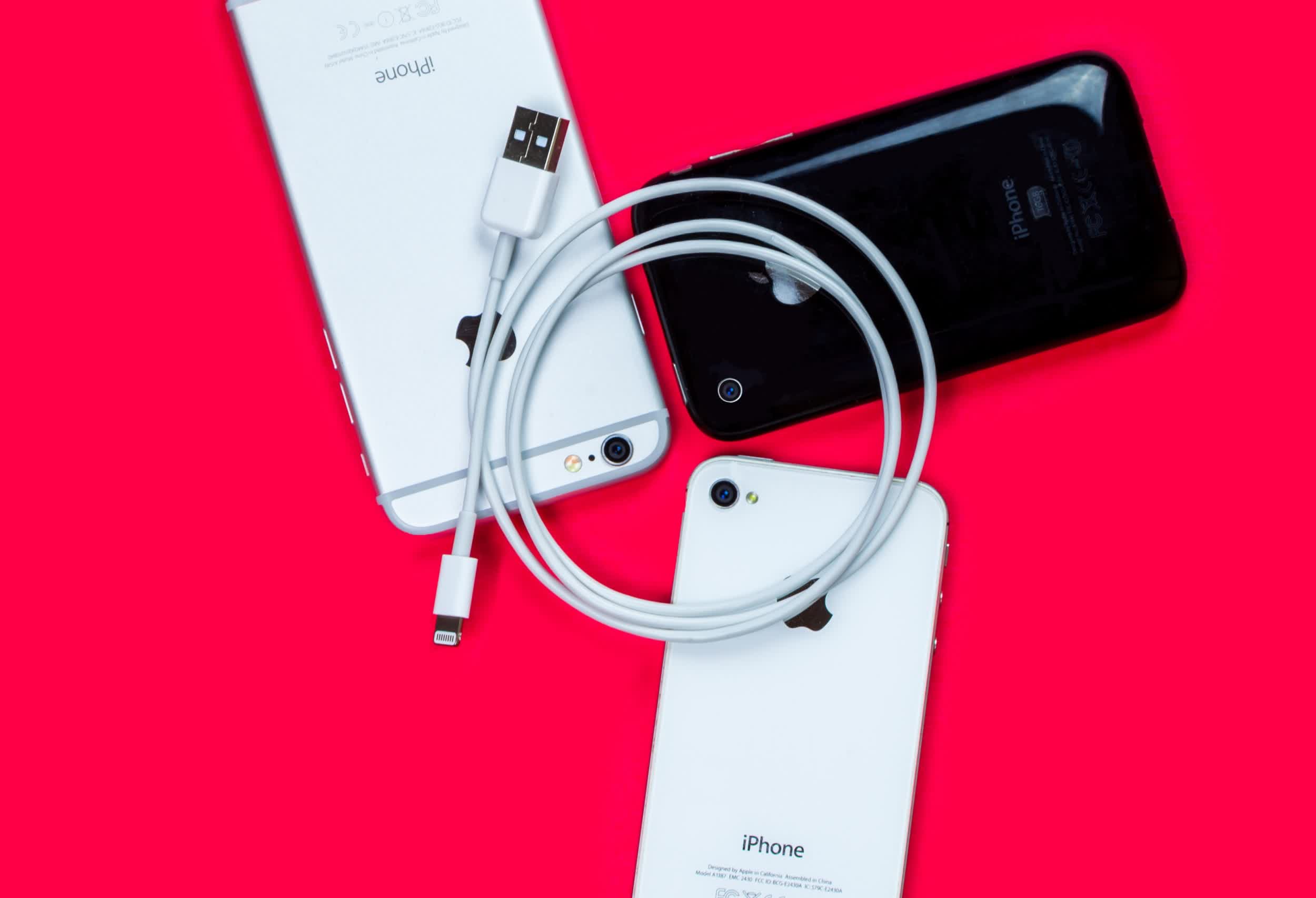[ad_1]
The big picture: Most people purchasing a new smartphone these days have a decision to make regarding the handset they are replacing. Years ago, phones often ended up as hand-me-downs or got tossed in a junk drawer to deal with later. Nowadays, carriers and device makers want them back and they’re using attractive promotions to convince shoppers to hand them over. Why are they so interested in getting them back, you ask? Unsurprisingly, it all comes down to money.
The Wall Street Journal’s Joanna Stern recently asked major carriers and smartphone manufacturers about their trade-in businesses, but none were forthcoming with details. She ultimately found a third-party company called U.S. Mobile Phones that was willing to talk and even let her into their warehouse.
U.S. Mobile Phones is a wholesaler and distributor that buys traded-in phones from carriers, refurbishes them and resells them for a profit. Most of the more than 2.5 million devices the company processed last year were iPhones.

Stern followed a 128GB iPhone 11, which U.S. Mobile Phones bought for $250 from a carrier, through the entire refurbishing process. This involves wiping any lingering customer data from the phone and testing that things like the display, flash and speaker are all working correctly. It then goes through a rigorous cleaning process before receiving a grade so they know how to price it. Once repackaged, it was listed for sale on a third-party marketplace for $350, which takes a 10 percent cut.
This leaves the company with $65 in profit – not much when you consider they have to pay employees to test, inspect, clean and repackage devices. Also, if a phone is missing a key component like a charger, they have to supply one on their own dime. Damaged handsets, like those with bad batteries, are sold at a loss.
“We have to make enough profit on the good ones to be able to absorb the hit on the bad ones,” said Ari Marinovsky, CEO of Back in the Box, U.S. Mobile Phones’ sister company.
In addition to carriers and phone makers like Apple and Samsung, there are plenty of other third-party services interested in purchasing used smartphones for cash. Many do business online and have you ship your old phone directly to them. Others have set up automated kiosks in grocery stores and big box retailers so you can make a deal and get paid right then and there.
The second-hand phone market has exploded in popularity in recent years. According to International Data Corporation (IDC), 282.6 million used smartphones shipped globally in 2022. That’s an increase of 11.5 percent year over year, and includes 73.5 million units in North America alone.
By 2026, IDC forecasts second-hand phone shipments to reach 413.3 million units worldwide.
Stern concluded that there are more winners than losers in the second-hand phone market. Carriers benefit when you trade in your old phone and buy a new one through them. Refurbishing companies cash out when someone buys a used phone through them. Price-conscious consumers win by scoring a used phone at a discount. The environment wins because fewer old phones end up in landfills.
Image credit: Used iPhone by Soheb Zaidi, iPhones by James Lewis
[ad_2]
Source link